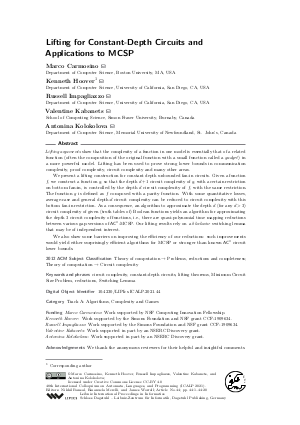LIPIcs.ICALP.2021.44.pdf
- Filesize: 0.88 MB
- 20 pages

 Creative Commons Attribution 4.0 International license
Creative Commons Attribution 4.0 International license


















Feedback for Dagstuhl Publishing